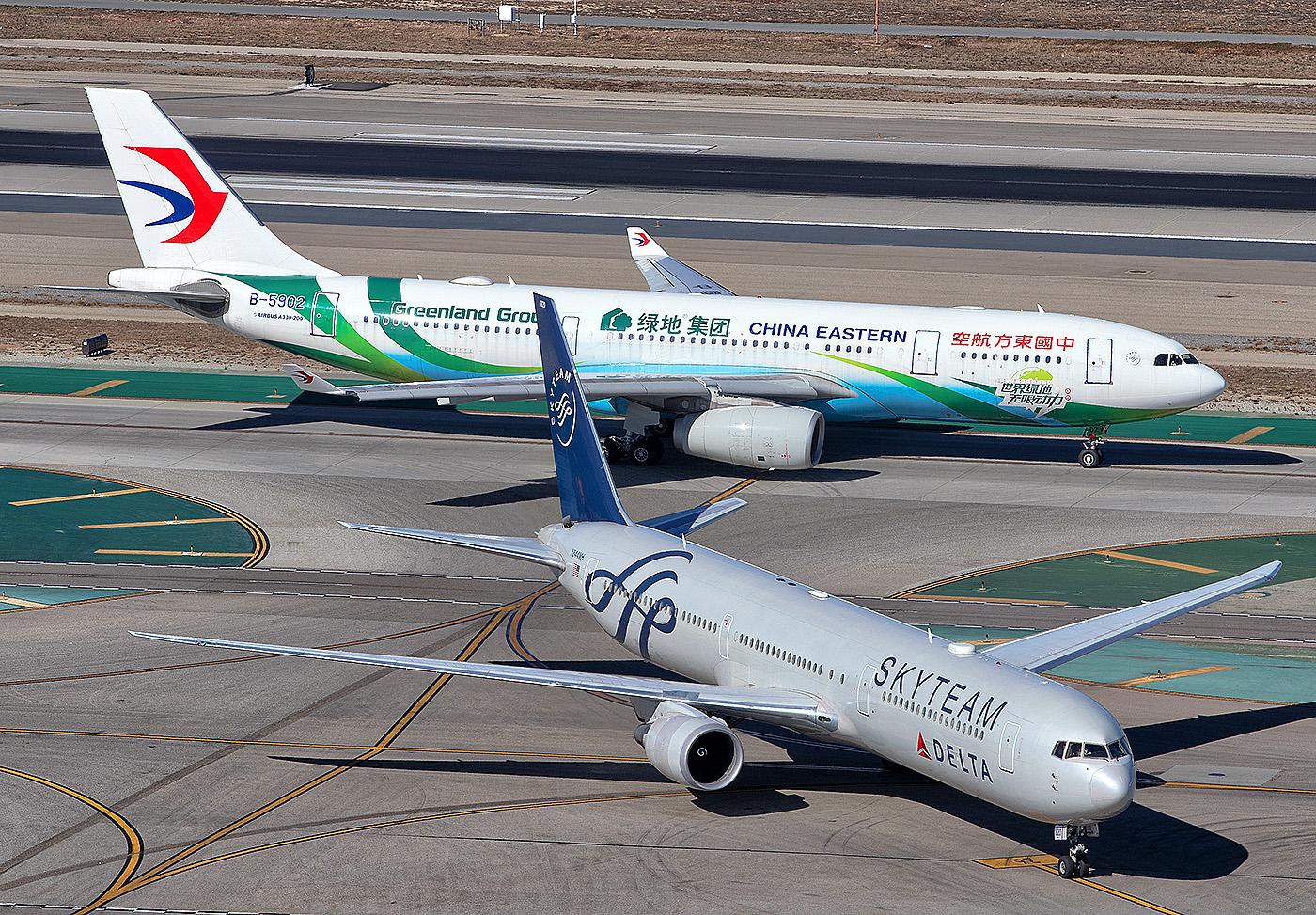
BEIJING—U.S. airlines have regained access to the international Chinese market in a revision of regulations that China issued a day after its own access to the U.S. market was threatened.
A rule change put into effect by the Civil Aviation Administration of China (CAAC) on June 4 means that, beginning June 8, one weekly flight will become available to foreign carriers that have been unable to access China since March 12. That includes all U.S. airlines.
Furthermore, the CAAC is making all airlines’ international service rights to China adjustable according to the prevalence of novel coronavirus cases discovered on their flights: an airline may be able to double its frequency, or it may lose access for a while.
Accusing its Chinese counterparts of foot-dragging in approving U.S. airlines proposed schedules for resumed service to China, the U.S. Transportation Department (DOT) in Washington on June 3 rejected proposed schedules by four Chinese carriers. In effect, it threatened to reciprocally shut down Chinese airline access to the U.S. beginning on June 16.
Within 24 hours, the CAAC changed the rule that had kept U.S. airlines out: one which on March 12 said that airlines—including Chinese carriers—could reduce but not increase international services. U.S. airlines were not flying to China then, so they have been excluded since that time.
Now any airline that was not in the flight schedule for the period that began on March 12 can run one weekly service to a Chinese city of its choice beginning on June 8, the CAAC said. The airlines must be otherwise qualified, the agency said, likely referring to the usual operating permissions.
According to a source close to the CAAC, the agency had already decided on the change when the U.S. regulator moved to exclude Chinese carriers—so on June 4 China wrongly looked like it was responding to pressure. Aviation Daily was unable to confirm this statement with another source, but it is notable that renewed U.S. access to China is only one consequence of a wider revision of rules by the CAAC on international flights.
When announced, the March 12 capacity-control measure appeared to be aimed at limiting the reimportation of COVID-19. Whatever the official objective, it has given Chinese airlines an opportunity to enjoy high pricing amid limited capacity for flights between their country and the U.S.
The CAAC reinforced it on March 26 with a regulation that further limited each foreign carrier to one weekly flight. Similarly, each Chinese airline could have one flight to each foreign country.
This latter regulation is now replaced with another that has two parts: one called a reward measure, and another called a fuse measure.
If tests find no novel coronavirus among passengers on an airline’s flights for three weeks running, the carrier will be rewarded with a right to increase frequency to two flights a week.
The fuse works in the opposite direction: if a flight is found to have more than five infected passengers, the service must be suspended for a week (meaning the following week’s single flight will not go ahead); and if there are 10 infected passengers, the suspension will last four weeks.
The CAAC is further requiring airlines to submit schedules for international services up to Oct. 24. This applies to Chinese and foreign carriers.
Delta Air Lines and United Airlines are the U.S. carriers that have sought to resume flights to China. Meanwhile, Air China, China Eastern Airlines, China Southern Airlines and Xiamen Airlines have been flying to the U.S.; it was their schedule proposals that the DOT rejected.
Hainan Airlines and Sichuan Airlines have applied for schedules to the U.S. to begin later in the year. Since this would amount to an increase in service, they appear to have anticipated the CAAC’s rule change.





